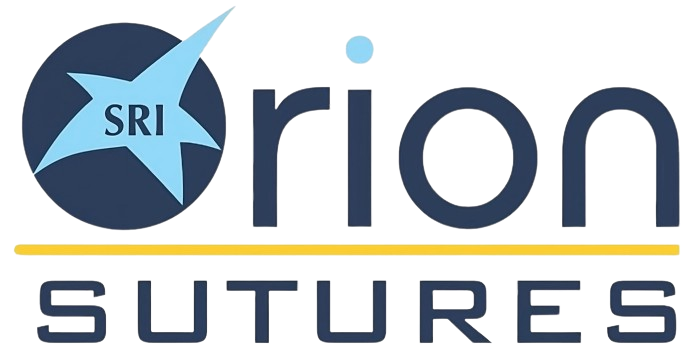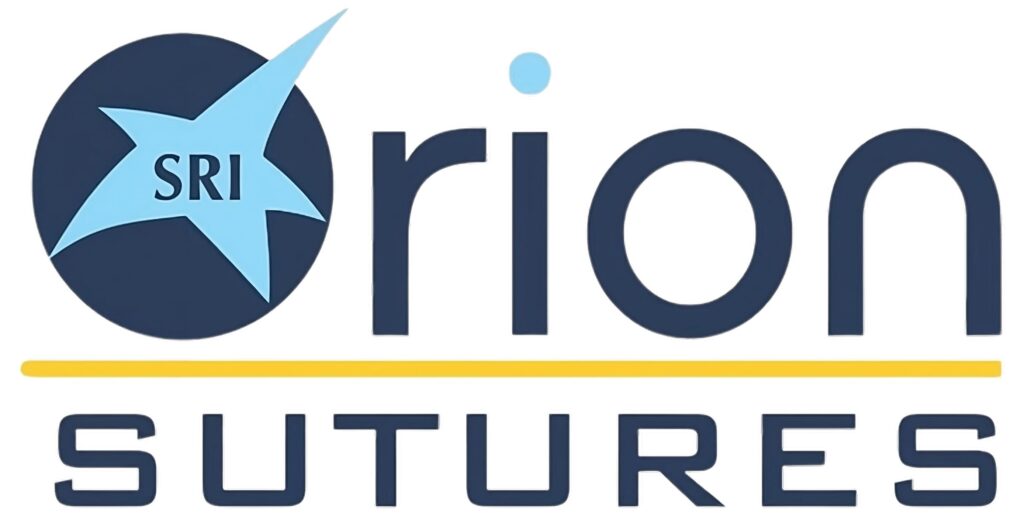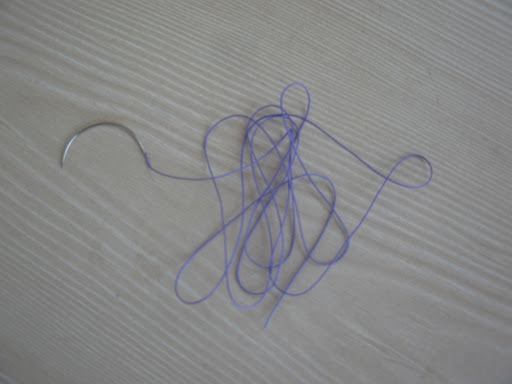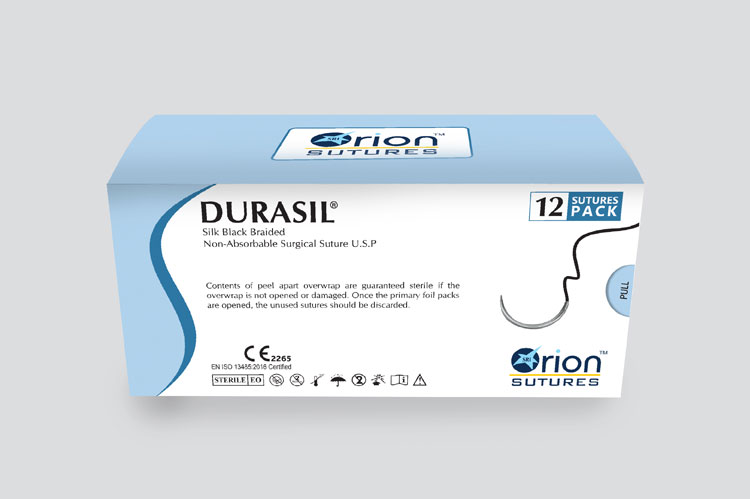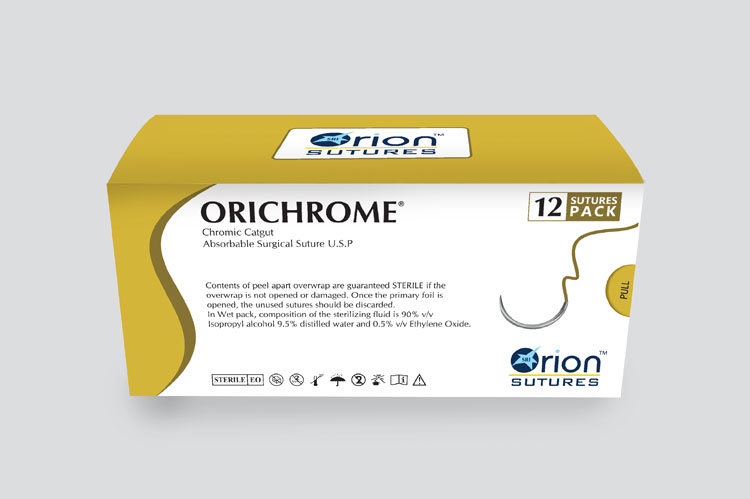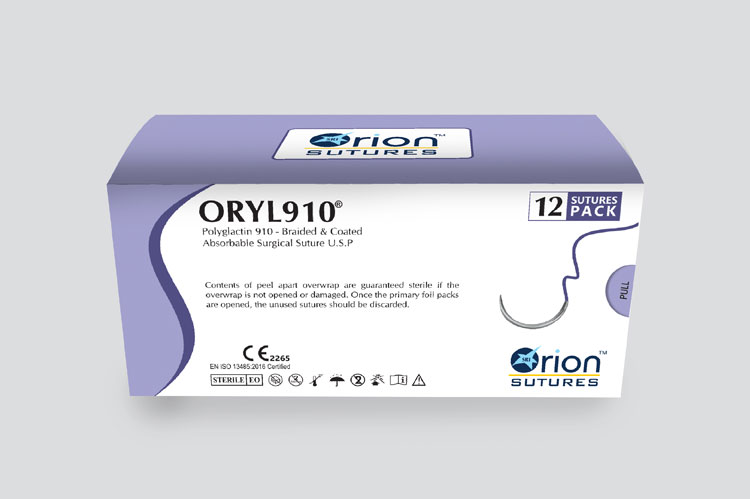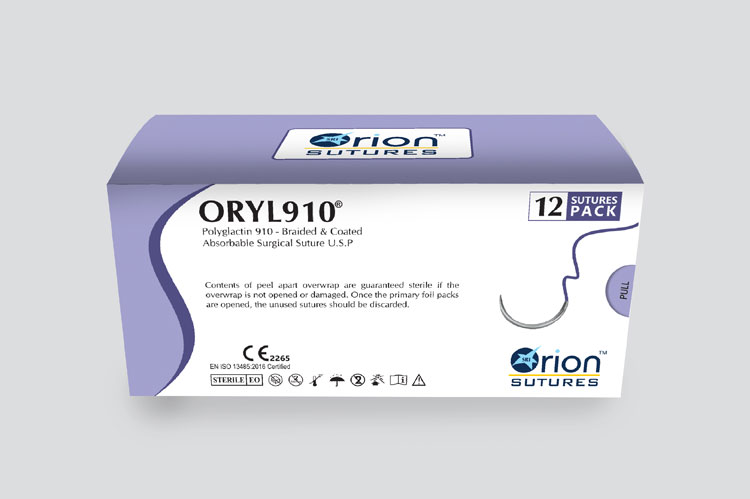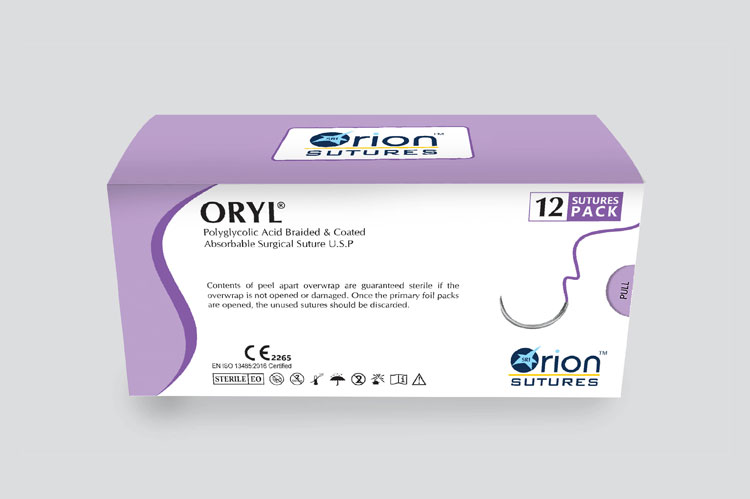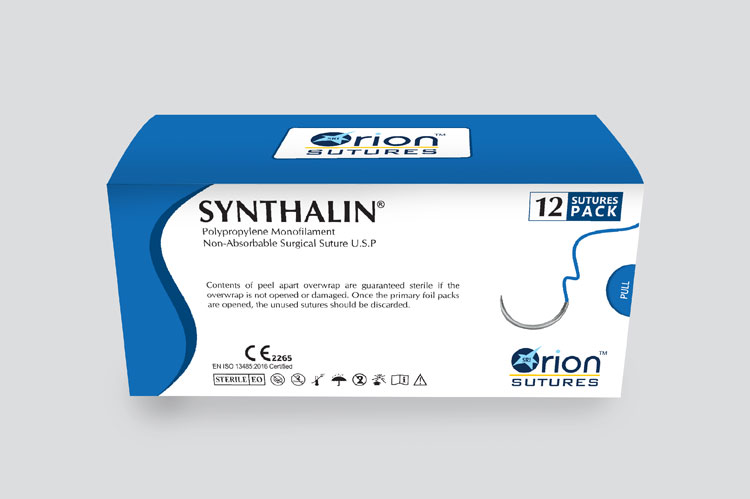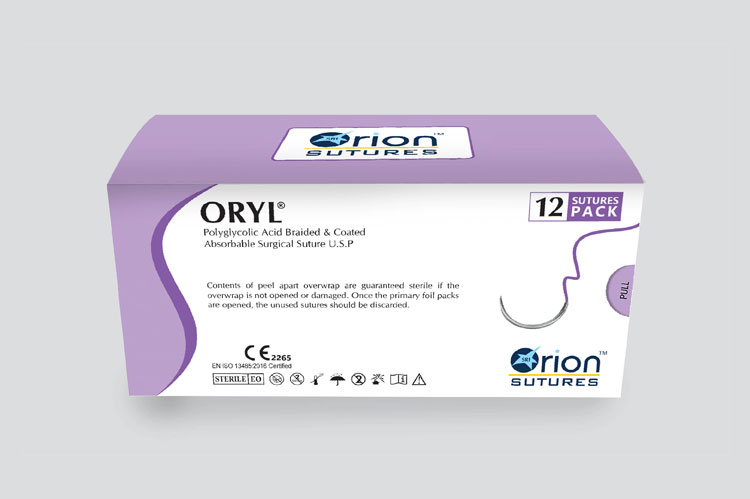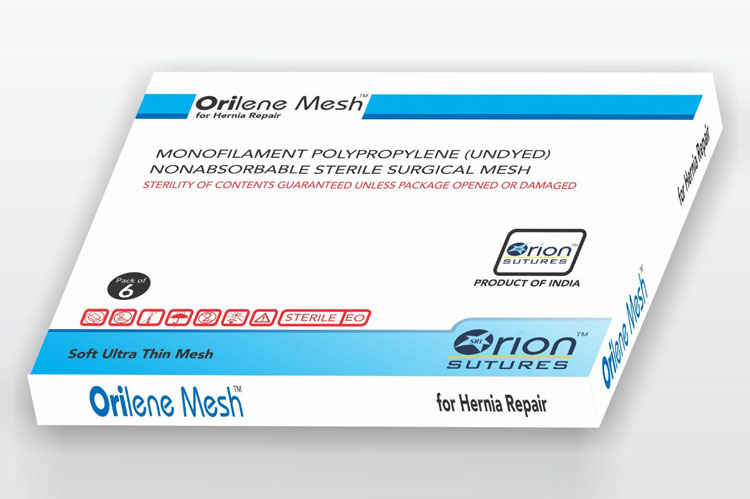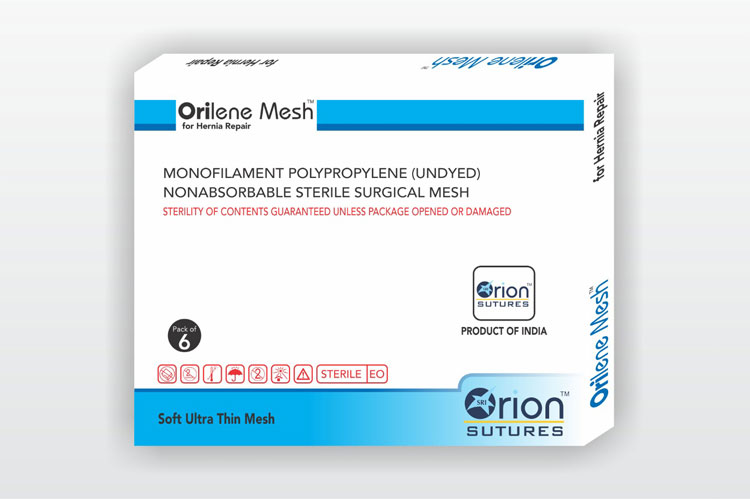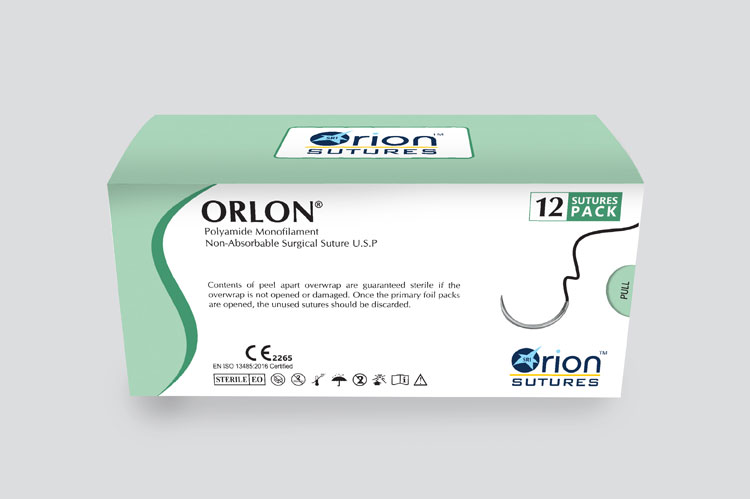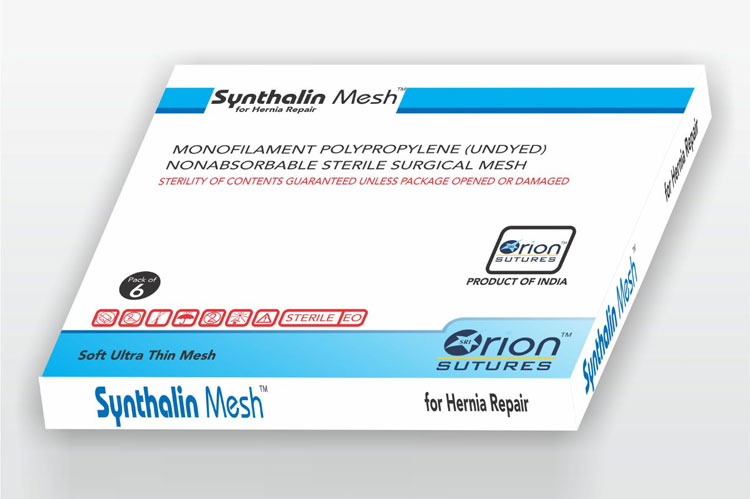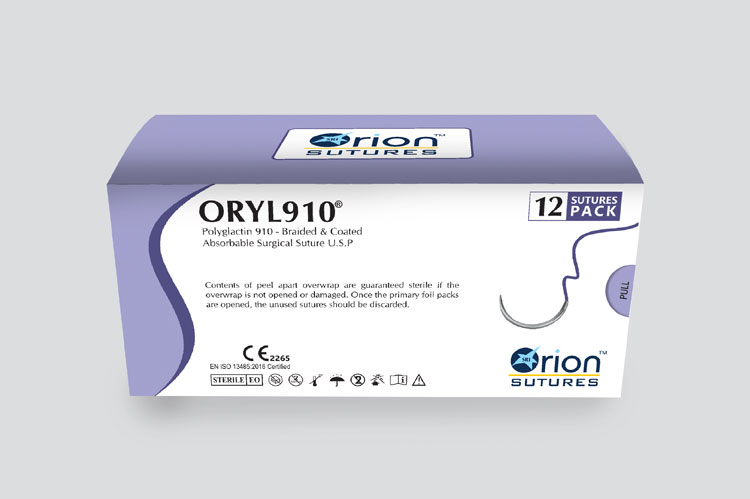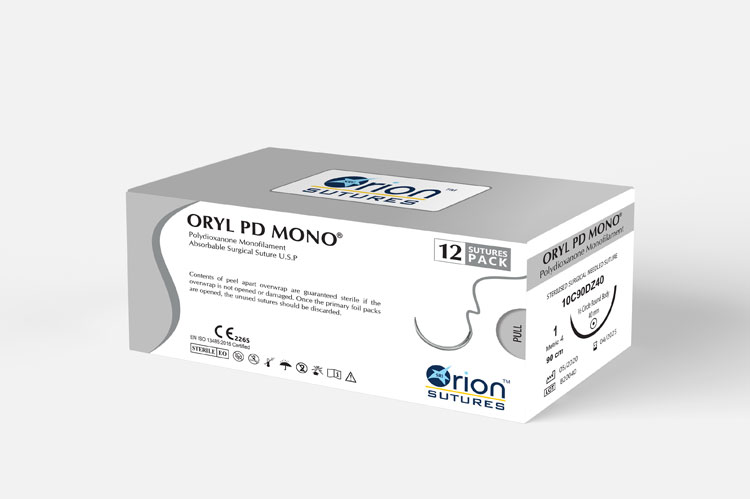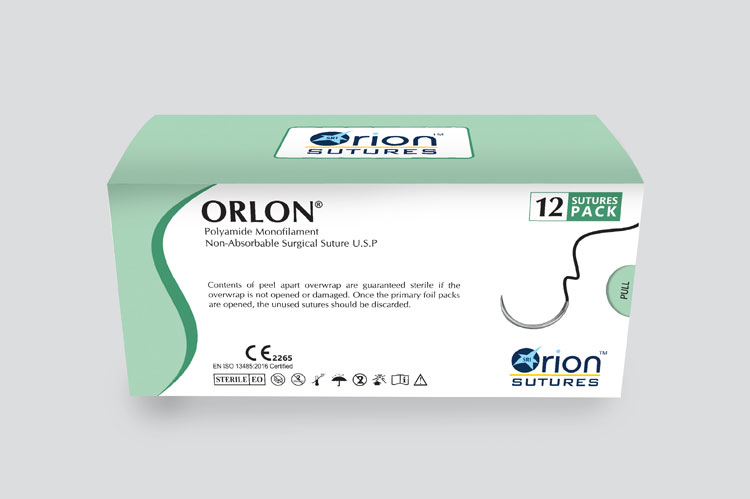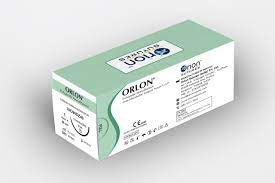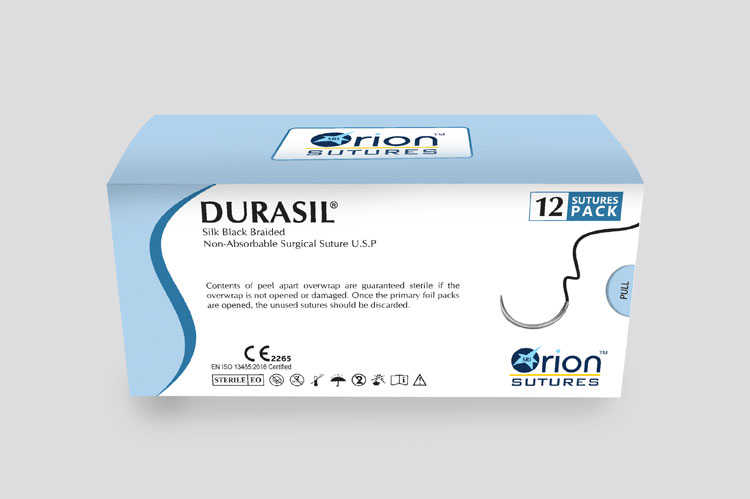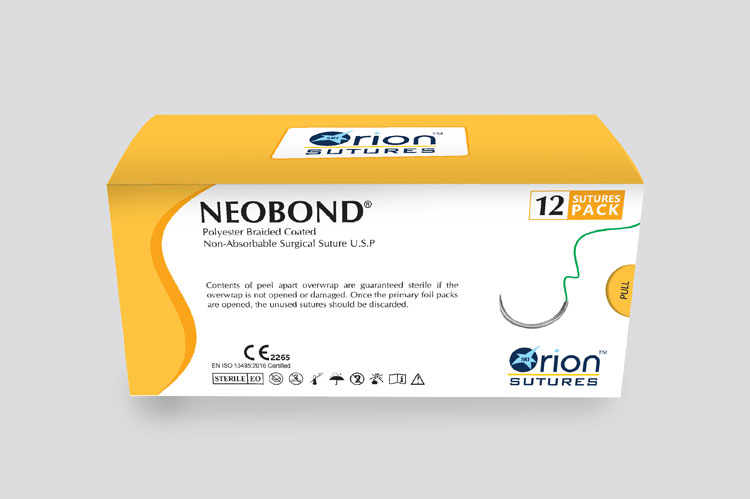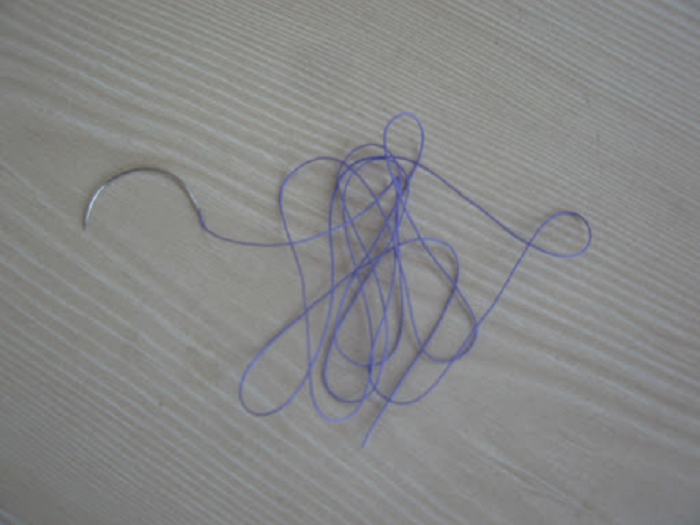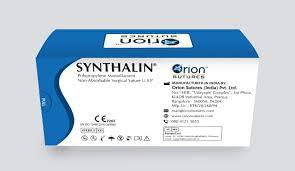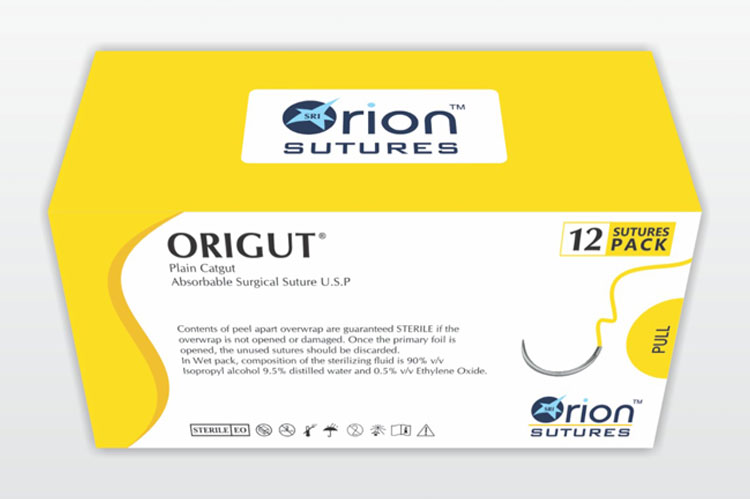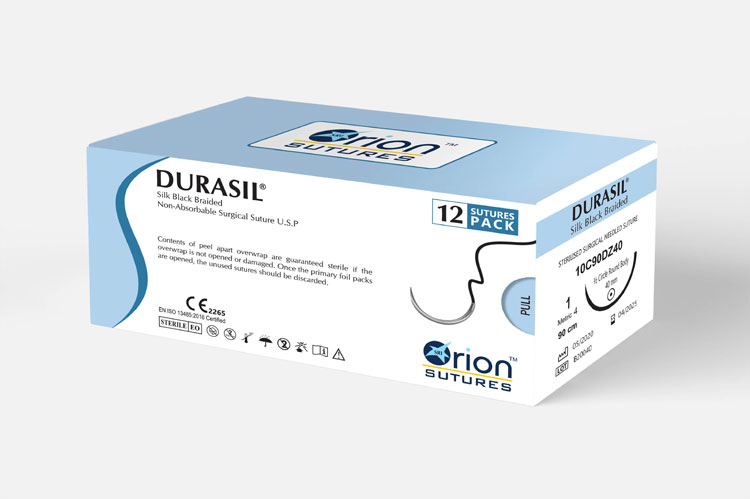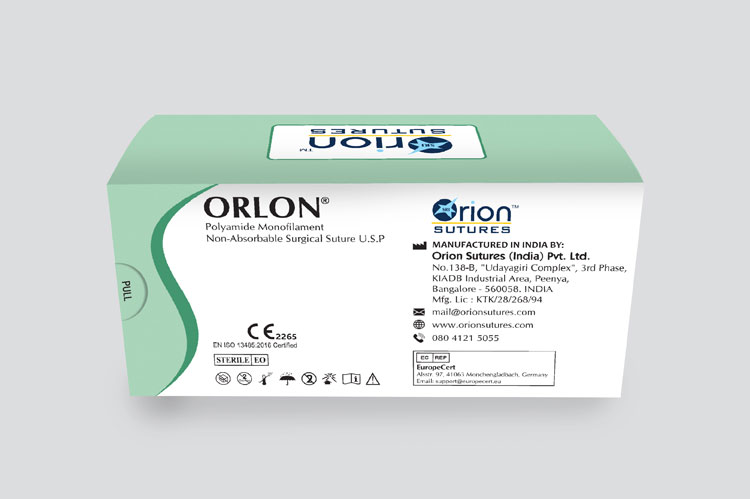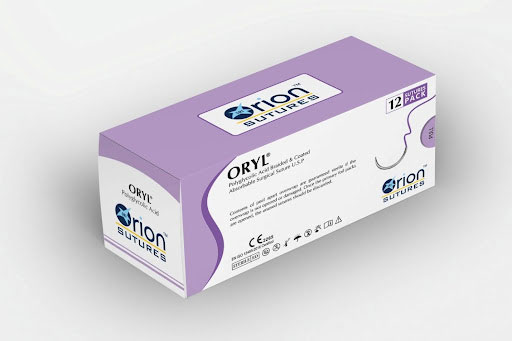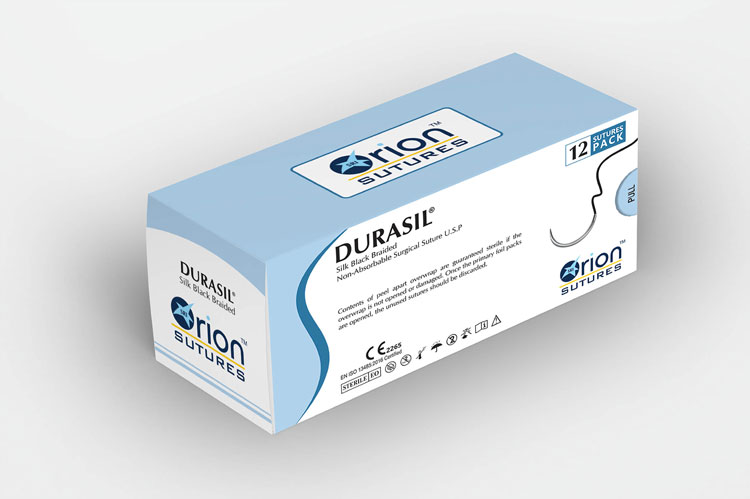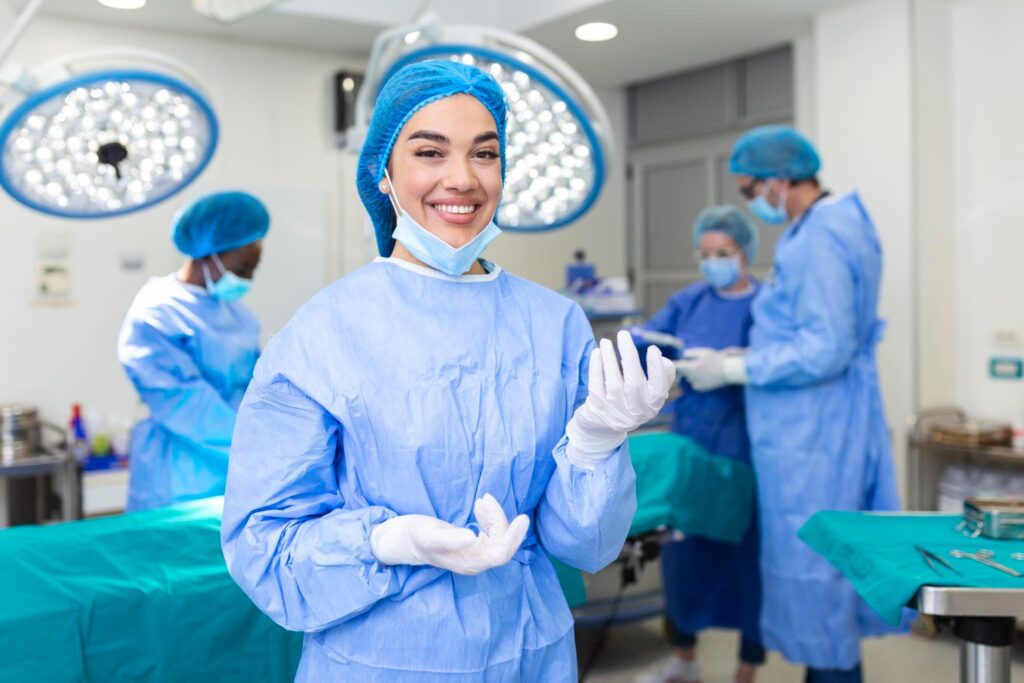Ways To Select The Best Manufacturer And Supplier Of Surgical Sutures In India
Sutures or stitches serve as dedicated surgical threads that medical professionals use for healing wounds. Used in various surgeries, these help close wounds and heal internal injuries with complete efficiency and without causing any reaction to the skin tissue. Medical professionals sew the skin tissue of wounds together through the best quality threads and needles, which allows hassle-free healing of the scars. There is an extensive range of companies that are engaged in the manufacturing of surgical sutures. Dedicated suture manufacturers ensure the best quality raw materials and procedures are utilized for manufacturing and delivering medical sutures to the clients at the right time. Finding and selecting the best amongst them requires an understanding of various points. These are as below: 1. Availability of Medical Sutures of Various Types: Medical sutures or stitches are available in various types. Absorbable, non-absorbable, monofilament, braided, and various other solutions are made available that are perfect for different types of medical procedures. The company manufacturing the same must ensure the best medical sutures are manufactured and delivered to the clients at the right time. They must specialize in manufacturing an extensive range of sutures that can be used for different types of medical procedures. 2. Availability of Proper Certification: Companies manufacturing medical sutures must also possess a certification to manufacture quality sutures. GMP certification and authorization from required institutes are essential, allowing companies to manufacture medical sutures that will ultimately be used in medical procedures of various types. Moreover, such companies must use reliable and best-in-class raw materials and packaging solutions to ensure the delivery of sterile and safe products. 3. Availability of The Best Quality Raw Materials And Technology For Production: One must even make sure the companies making available the best medical sutures use the best quality raw materials and technology for production. They must possess the best needle and thread raw materials and the best technology to help produce quality medical sutures. Moreover, one must make sure the companies making available the medical sutures possess the necessary solutions for safe packaging and delivery. Medical professionals and doctors must prefer the best surgical suture company in India that delivers the best quality products at unbeatable prices. Such a company can make available the best quality and certified medical sutures that are best in class in every way. Moreover, a reliable company engaged in manufacturing and delivering quality medical sutures ensures the best packaging solutions are utilized to provide the products safely and sterilely. The best surgical sutures company can be selected by considering the abovementioned aspects. A company that delivers an extensive range of absorbable and non-absorbable sutures with efficiency and speed and without causing any inconvenience to the clients must be preferred. Possession of surgical sutures production certification and availability of various types of surgical sutures of international quality are necessary for a company.
Ways To Select The Best Manufacturer And Supplier Of Surgical Sutures In India Read Post »
